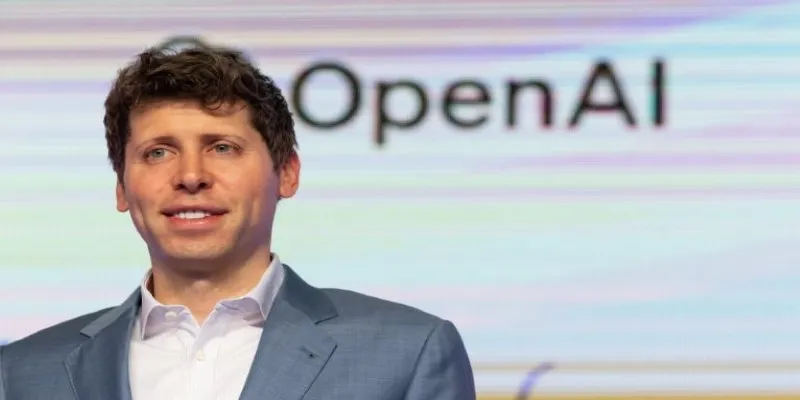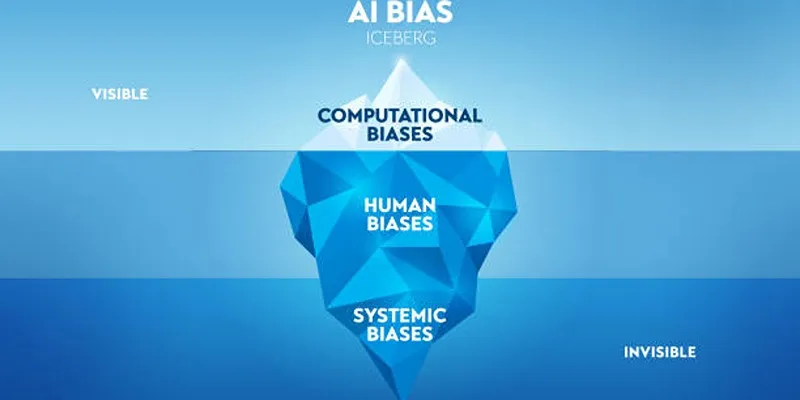OpenAI’s meteoric rise in the tech world has captured the attention of investors, businesses, and consumers alike. Founded in 2015 by visionaries like Elon Musk and Sam Altman, OpenAI has made significant strides in artificial intelligence (AI), creating models that power everything from chatbots to image generation tools.
One of OpenAI’s most noteworthy achievements is its ability to raise substantial amounts of capital. The company has successfully secured $6.6 billion in funding. This article examines how an AI startup managed to raise such an impressive amount and what this means for the future of artificial intelligence.
The Foundation of OpenAI
To understand how OpenAI raised such significant funding, we must first explore the company’s foundation and mission. Initially established as a non- profit, OpenAI aimed to develop AI that could benefit humanity. The founders were driven by the idea of making AI accessible and ensuring it was controlled in ways that prevent harm or monopolization. Over time, OpenAI transitioned into a “capped-profit” model, which allowed it to attract larger investments while maintaining its commitment to its original mission.
A pivotal decision that facilitated funding for OpenAI was its choice to adopt a hybrid model, combining profitability with ethical responsibility. This approach positioned OpenAI as a strong and trusted leader in AI innovation, setting it apart from many competitors.
The Road to Securing $6.6 Billion
Securing $6.6 billion was not an overnight achievement but rather the result of a strategic journey. Several factors contributed to this success, including OpenAI’s technological breakthroughs and its strategic partnership with major corporations like Microsoft. In 2019, Microsoft invested $1 billion in OpenAI, a move that opened doors for further investments by facilitating business applications of OpenAI’s models through Microsoft.

OpenAI’s deep learning models, such as GPT-3, have gained significant attention for their ability to generate human-like text, sparking widespread interest in their commercial applications. As demand for AI solutions grows across various industries, investors have begun to view OpenAI as not only a research organization but also a commercially viable entity with immense growth potential.
Moreover, OpenAI’s leadership has been instrumental in the funding process. Sam Altman, the company’s CEO, played a pivotal role in securing partnerships and building investor confidence. Altman’s previous successes as the president of Y Combinator and his ability to articulate OpenAI’s mission attracted investors eager to join the AI revolution.
What Makes OpenAI Attractive to Investors?
Investors are typically drawn to startups with the potential for rapid growth and long-term impact. OpenAI ticks both these boxes. Its technology is at the forefront of artificial intelligence, poised to revolutionize industries from healthcare to finance, transportation, and beyond. However, the appeal extends beyond the technology itself; it also stems from the team behind it. OpenAI boasts top-tier talent from fields like computer science, neuroscience, and engineering, making it a leader in AI research and development.
Another factor enhancing OpenAI’s appeal is the increasing demand for AI solutions. As companies recognize the power of AI, they seek partners who can help integrate these technologies into their operations. OpenAI’s expertise, coupled with its strong relationships with major tech companies, positions it as a prime candidate for such collaborations.
The promise of AI’s transformative potential also adds to the allure. OpenAI has demonstrated that its models can do more than process data—they can generate new content, drive innovation, and solve complex problems. This potential to disrupt traditional industries and create new ones makes OpenAI’s future particularly promising as the company continues to scale.
The Future of AI and OpenAI’s Role
With $6.6 billion in funding, OpenAI is well-positioned to accelerate its efforts in advancing artificial intelligence. The company has already achieved significant milestones with large language models like GPT-3 and DALL·E, setting new standards in AI capabilities. But this is just the beginning.

Looking forward, OpenAI plans to push the boundaries of AI even further. A key focus is improving the ethical and safety aspects of AI. With growing concerns about AI’s societal impact, OpenAI is committed to ensuring its technology is used responsibly. This includes efforts toward transparency, reducing bias in AI models, and ensuring the technology benefits all of humanity, not just a select few.
Additionally, OpenAI’s funding will drive research in emerging areas like reinforcement learning, robotics, and multimodal AI. These fields have the potential to revolutionize sectors such as automation, healthcare, and the creative industries. By investing in R&D;, OpenAI can continue leading the way in developing powerful and responsible AI.
As AI becomes more integrated into daily life, OpenAI’s role will only become more critical. The company’s ability to secure funding and advance AI technology positions it as a major player in the global AI landscape. Whether through partnerships, technological advancements, or new applications, OpenAI is poised to lead in shaping the future of artificial intelligence.
Conclusion
OpenAI’s $6.6 billion funding success underscores the transformative potential of artificial intelligence. By combining cutting-edge technology with a commitment to ethical standards, the company has attracted significant investment and formed valuable partnerships. This financial backing will enable OpenAI to further innovate and influence the future of AI across industries. As the company continues to advance its research and development, it remains a pivotal player in AI’s growth, poised to create technology that benefits society while maintaining responsibility. OpenAI’s journey highlights the immense possibilities AI holds for a better, more connected world.
 zfn9
zfn9





















